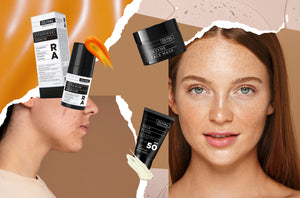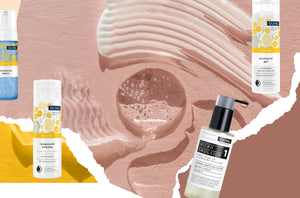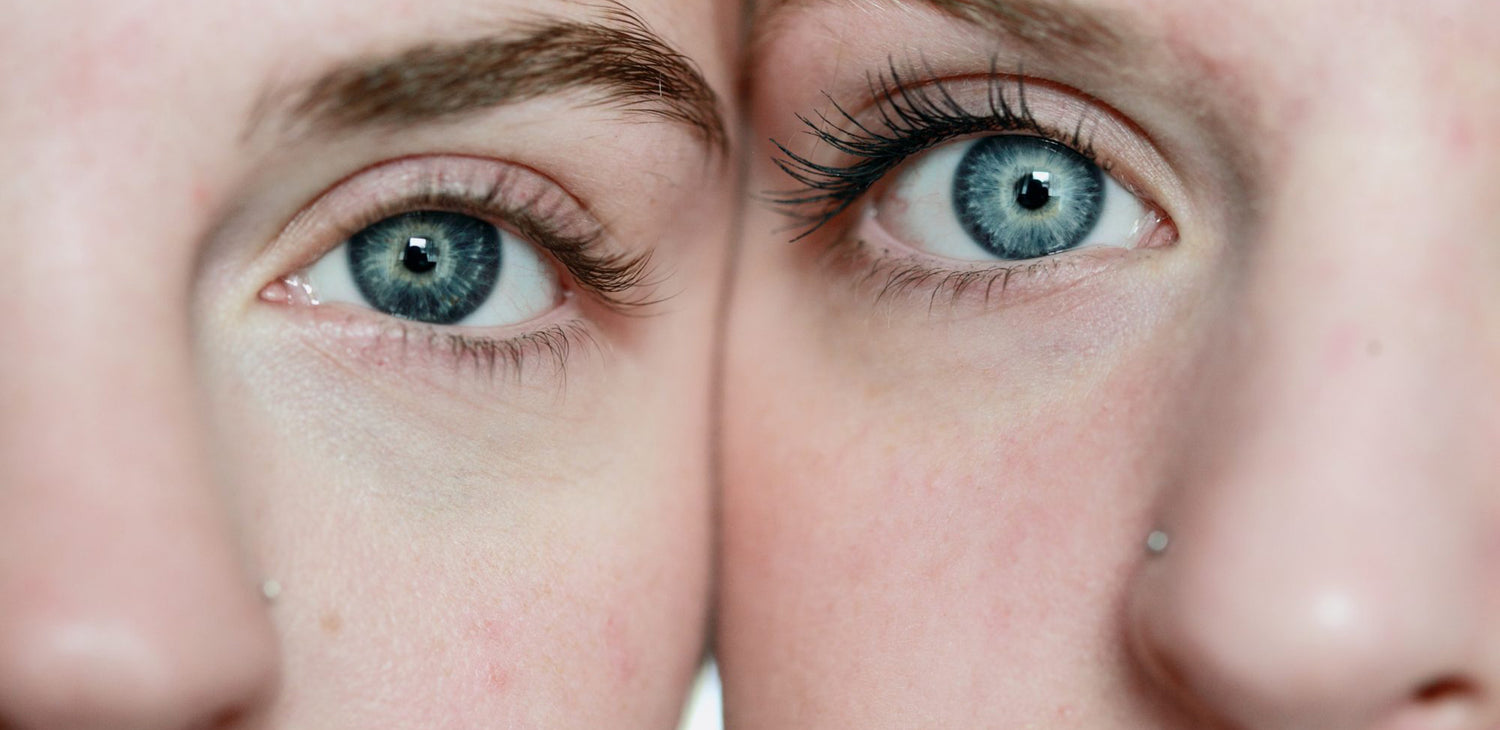Just as you should listen to your own body, it is important to monitor and understand the changes that our largest organ, the skin, goes through.
Every skin is different in some ways, and its health and appearance depends on many factors. For the correct and high-quality selection of facial cleansing products , serums, creams, even masks, scrubs, body care and decorative cosmetics, it is extremely important to follow the signs that our skin indicates certain needs, that is, to recognize our own skin type and condition .

What is it exactly about?
Skin types form a kind of 'subtype' of healthy human skin . We are genetically predestined, which means that we are actually born with the characteristics of a certain type. On the other hand, stress , our eating habits, cold and heat, sunlight , certain health conditions, medications and other factors directly affect the condition of our skin. It is important to emphasize that conditions can be temporary and permanent, and they can even overlap .
Learn all about skin types
According to certain properties, the skin can be divided into four types: normal, oily, mixed and dry.
1. Normal skin is neither too oily nor too dry. You can recognize it by its smooth texture without (major) irregularities and enlarged pores, healthy shine and uniform complexion . Normal skin is not overly sensitive to hormonal changes during the cycle, nor to, for example, weather conditions. Despite this, dryness can occur due to natural aging.
2. Oily skin produces slightly more sebum (a hydrolipidic layer that forms the skin's protective 'barrier'). If you have oily skin, you surely recognize the shine that gets stronger during the day and also emerges through the foundation in the form of powder. She often has enlarged pores, especially in the area around the nose , and is somewhat more sensitive to hormonal changes. On the other hand, this type is still more resistant to the appearance of wrinkles.
3. Dry skin produces less sebum than normal. Because of this, it retains less water in its layers, which makes it inelastic and more sensitive to external conditions. If you have dry skin, you are most likely accompanied by symptoms such as a constant feeling of tightness, redness, itching and flaking.
4. Mixed skin can be a combination of several skin types, from normal and dry to normal and oily . With a combination of normal and dry skin, symptoms such as dryness, redness and peeling are usually noticed on the cheeks, while the T-zone (forehead and nose area) is balanced .
When it comes to combination of normal and oily skin, most often in the T-zone you can notice an increased secretion of sebum and a stronger shine , while on the rest of the face the skin is uniform . If your skin type is combination, think about taking care of it that way. If you combine different products adapted to a certain area of the face, you are more likely to balance your complexion over time .

Get to know skin conditions
Regardless of the type, your skin can be in a certain condition (even more than one). The most common conditions are usually dehydration , reactivity (sensitivity) and the aging process.
1. Dehydration is the most common skin condition . It is a misconception that it is about dry skin. In fact, it is usually a temporary (and occasional) lack of moisture that is actually very easily remedied with specially adapted and rich products such as Olival Hyaluronic Serum and Golden Immortal Oil. Keep in mind that any type of skin can be dehydrated, even oily ! If you use drying anti-acne products or are exposed to high heat or low temperatures for a long time, definitely consider additional hydration and care.
2. Reactivity , or sensitivity of the skin, often comes 'in a package' with dry skin type. Such skin reacts very easily to the sun and wind, cosmetics, even to perfumes or detergents , with symptoms such as burning, rashes, itching or an unusual feeling of warmth. That is why it is necessary to care for it with mild, nutritious products with a natural and simple composition . However, sensitive skin should not be confused with acute conditions that should be under the supervision of a dermatologist, such as psoriasis and dermatitis.
3. Aging is the third and inevitable skin condition. Regardless of the type, every skin loses its deep moisture, density and elasticity over time. Because of all of the above, wrinkles appear, as well as unevenness in the texture and color of the complexion. Fortunately, with high-quality preparations, such as Olival Extra Rich Cream Immortelle , it is possible to significantly slow down aging, while the visibility of hyperpigmentation spots can be softened with Vitamin Serum C+.
How to recognize your skin type and condition?
First of all, take a good look at the properties of your skin. Wash your face with gentle Micellar Foam Immortelle , and pat excess moisture with a towel. Then check the visibility of the pores, texture, color and evenness of the complexion, but also if you have certain irregularities in the form of spots, peeling, pimples or acne. After a few hours, check the oiliness of the skin .
If your skin is a combination of normal and oily, you will already be able to replace the stronger shine on the T-zone at first , and you can 'confirm' the test using a thin paper or napkin. If it absorbs sebum in every area of the face, you have oily skin, and if it remains completely dry when tapping on the forehead, nose, chin and cheeks, it is a dry skin type .








